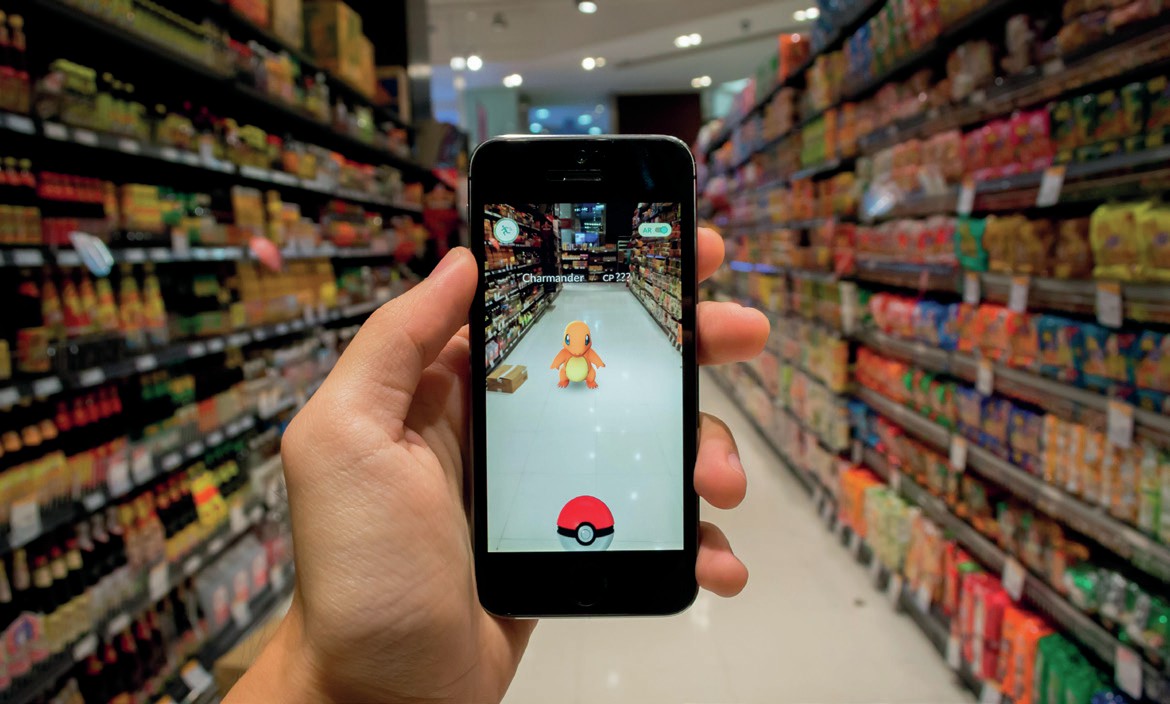
You have probably either seen the press coverage of or been involved with the Pokémon Go craze that swept the world in the summer of 2016. The success of the augmented reality game was exceptional, as it tapped into the same appeal as the original Pokémon craze 20 years ago. This helped widen the appeal to both younger users and also those who were keen to relive their youth.
Nintendo, which owns 33% of The Pokémon Company, has always been adept at expanding its range and target market. This is evidenced by the success of the Wii, which successfully targeted the female and other market segments by attracting a huge number of users to a less technologically advanced but arguably more fun version of the gaming console, which allowed people of all ages to enjoy games such as Wii Sports and Wii Fit. However, despite the success of this console and the handheld DS, which was aimed at younger customers, the follow-up products Wii U and 3DS have not been as successful. With sales declining and its consoles heading to the end of their product life cycle, Nintendo really needed a new hit, and it got one in the form of Pokémon Go.
Your organisation does not have access to this article.
Sign up today to give your students the edge they need to achieve their best grades with subject expertise
Subscribe




